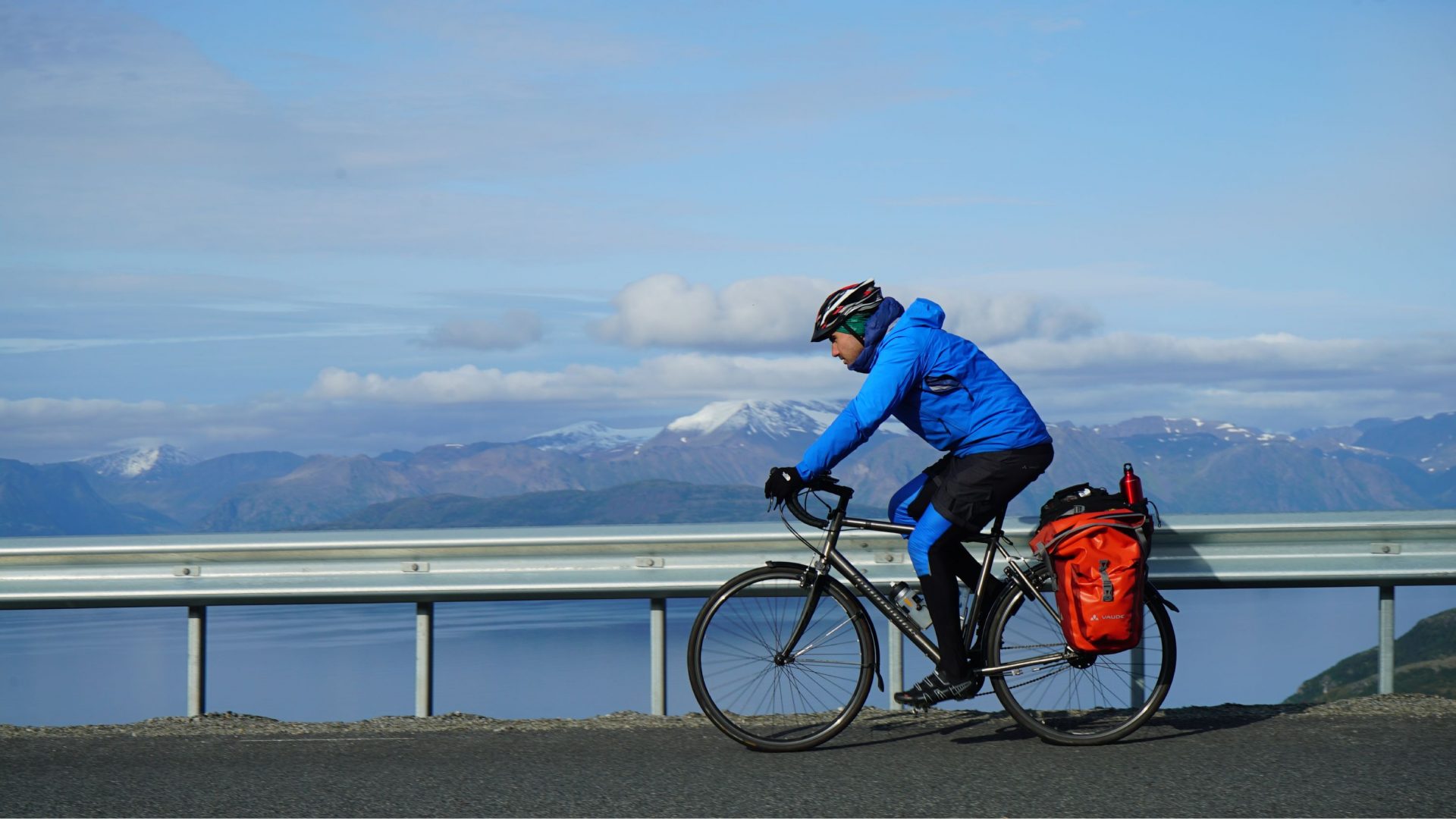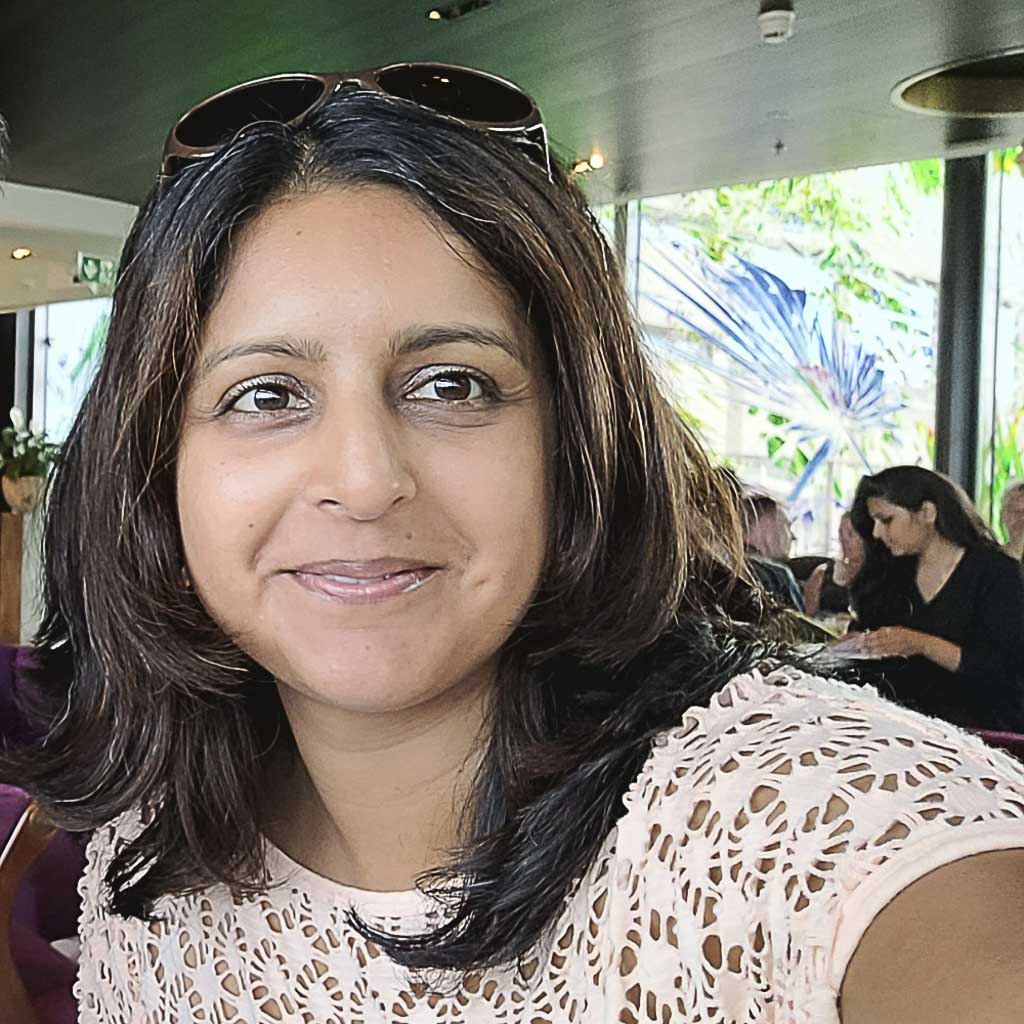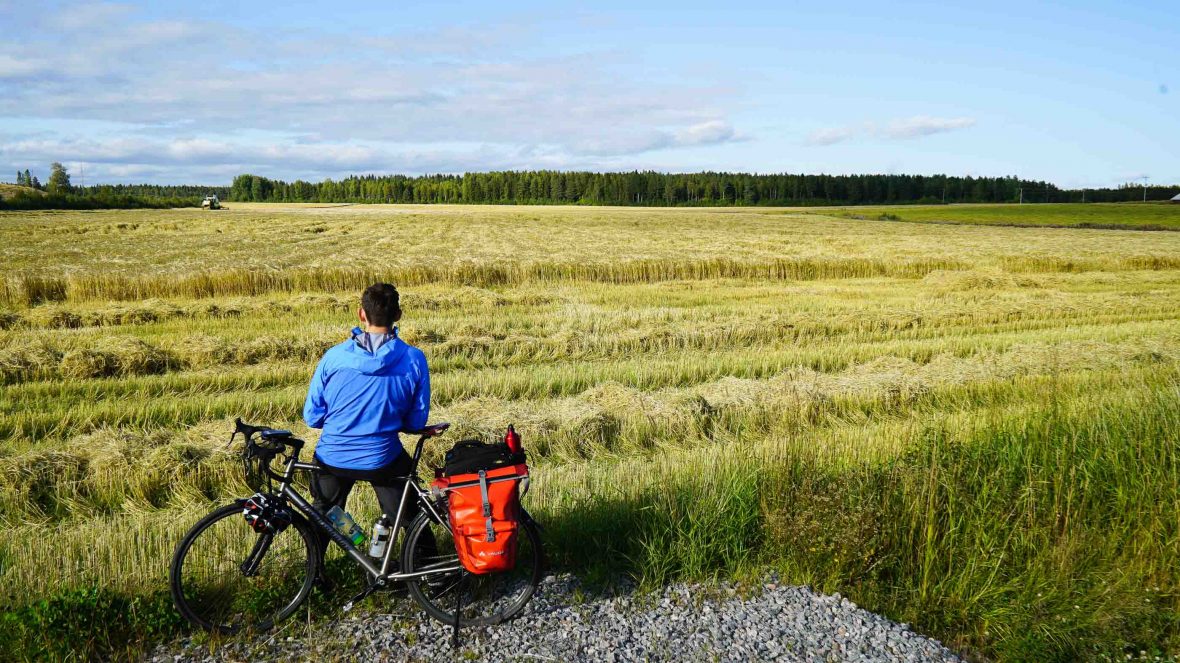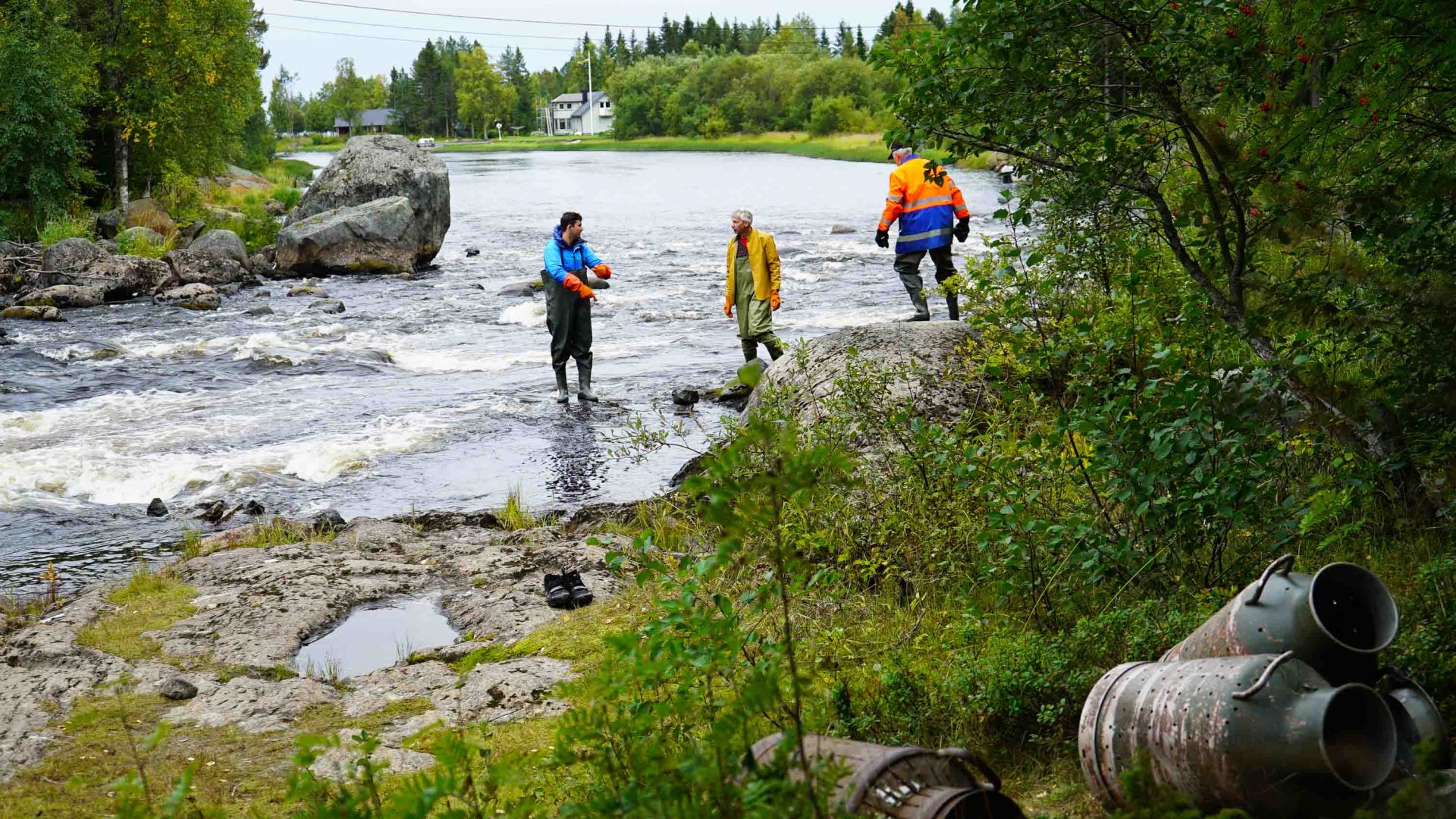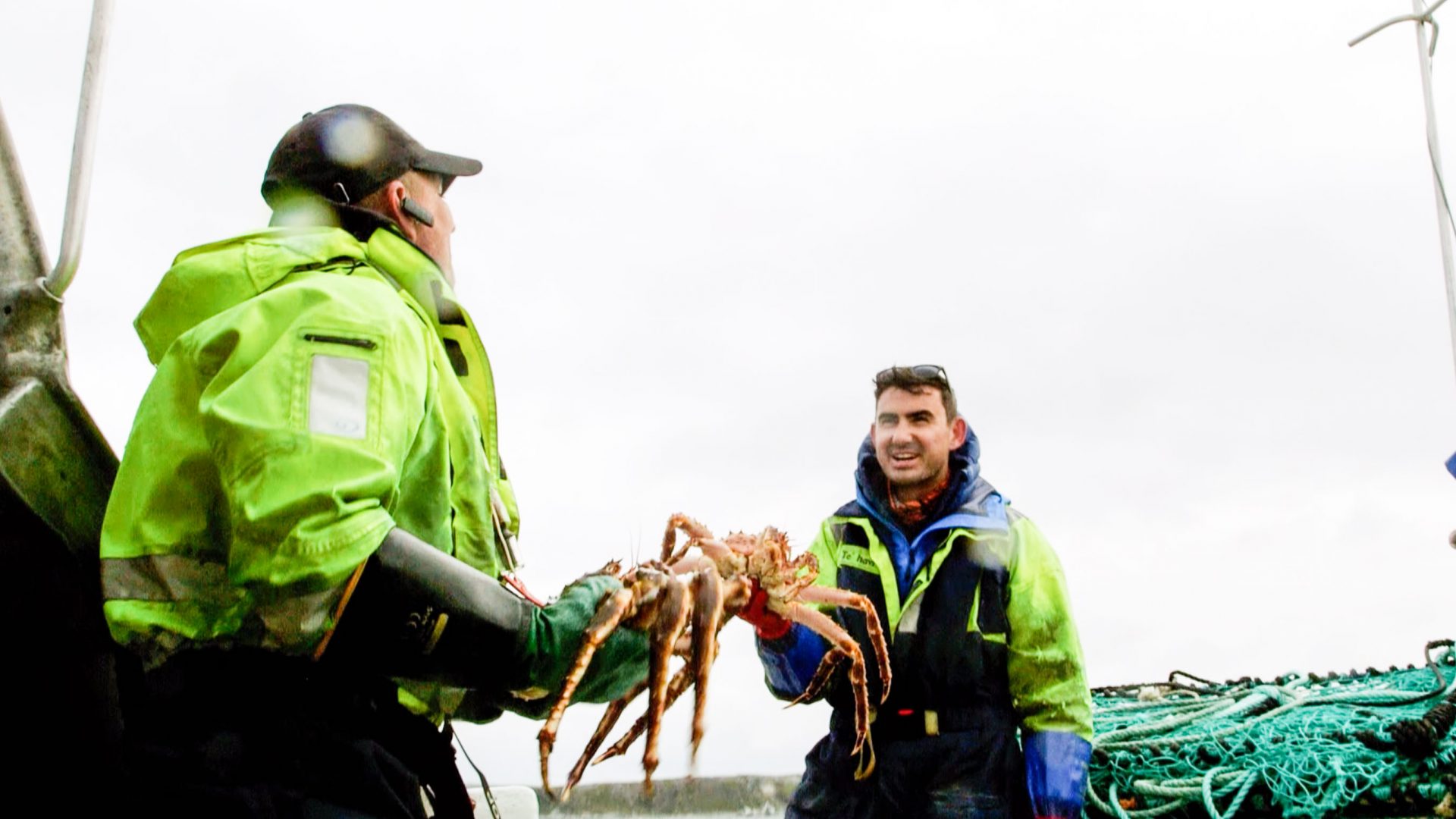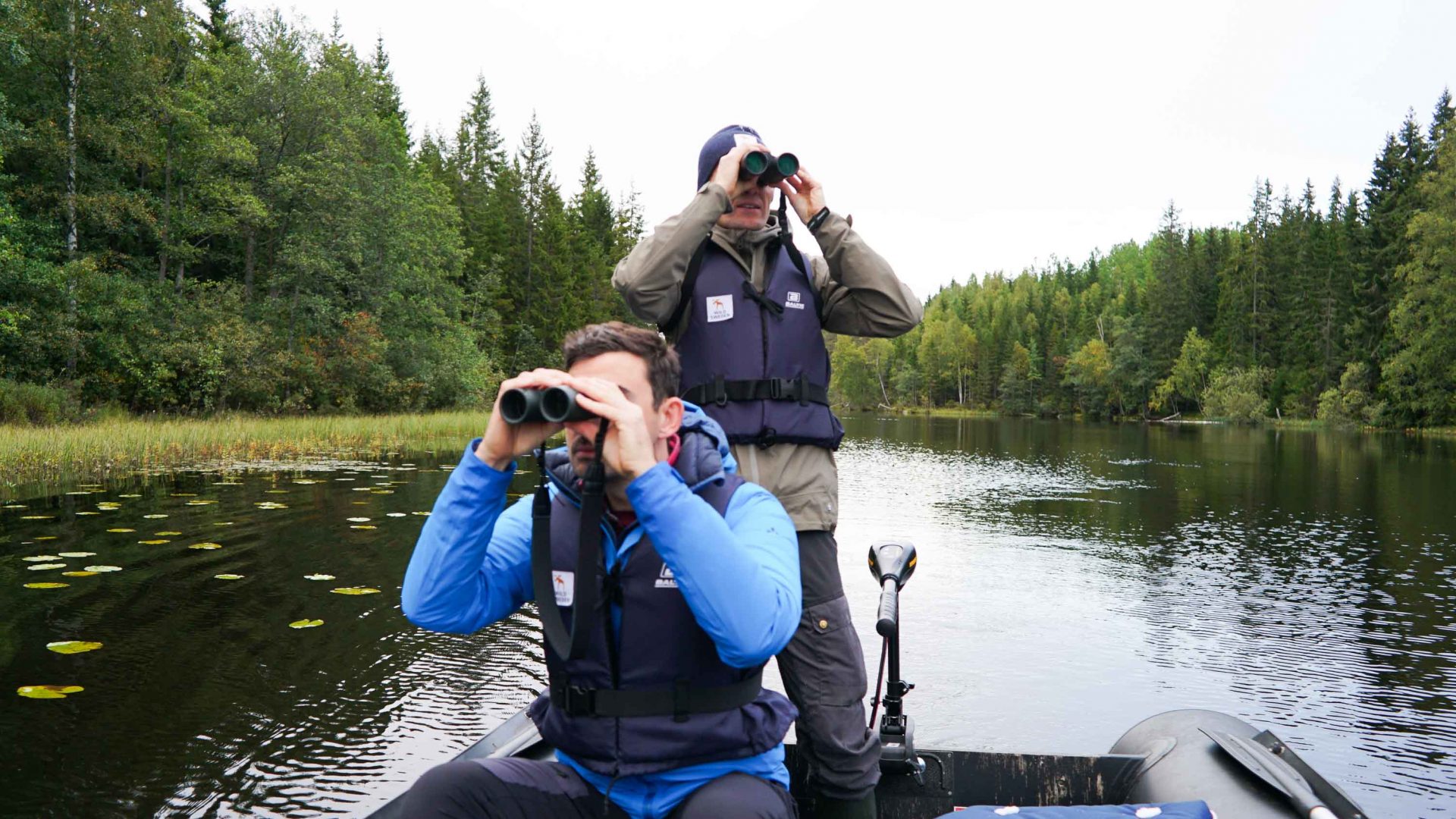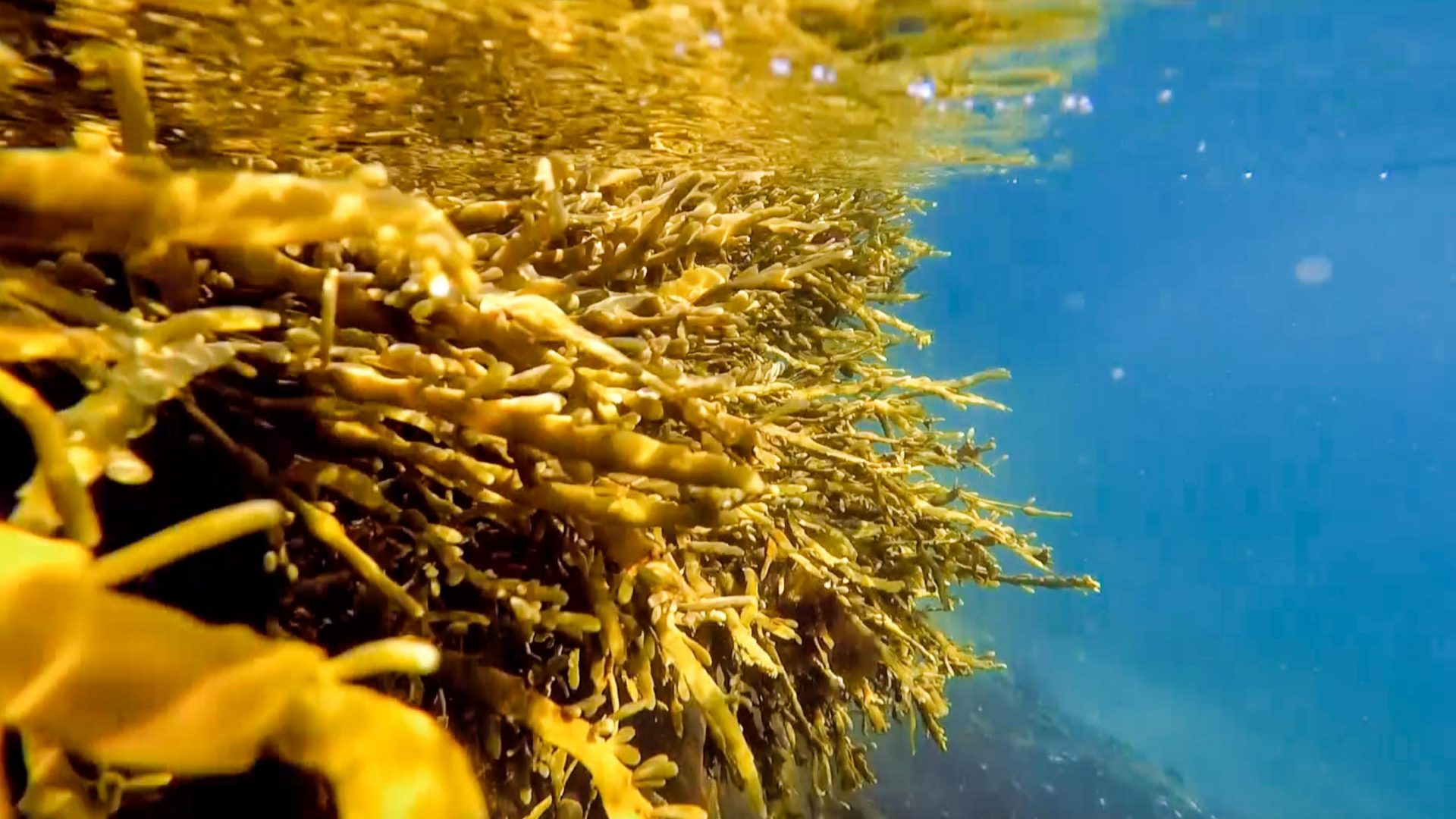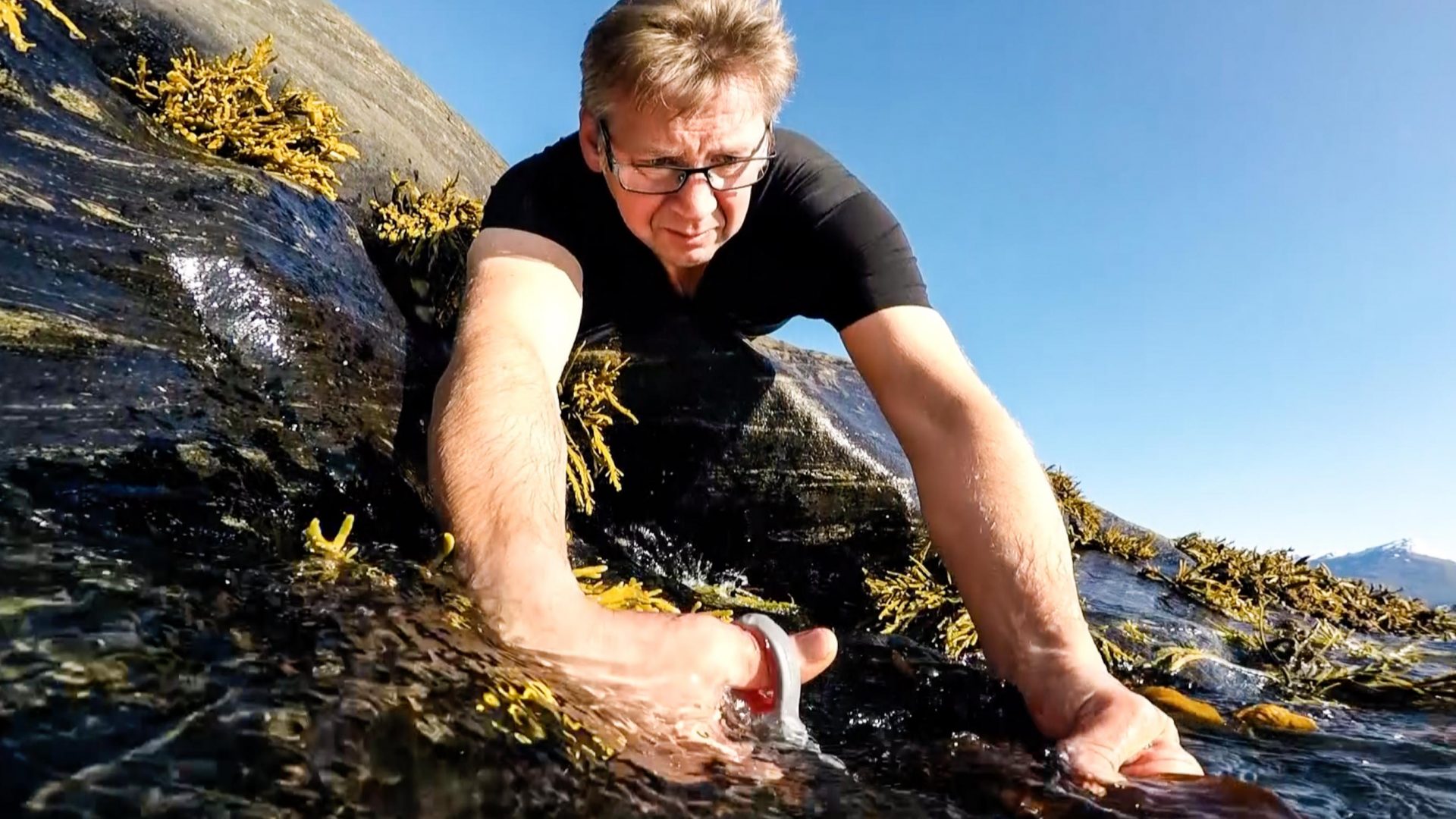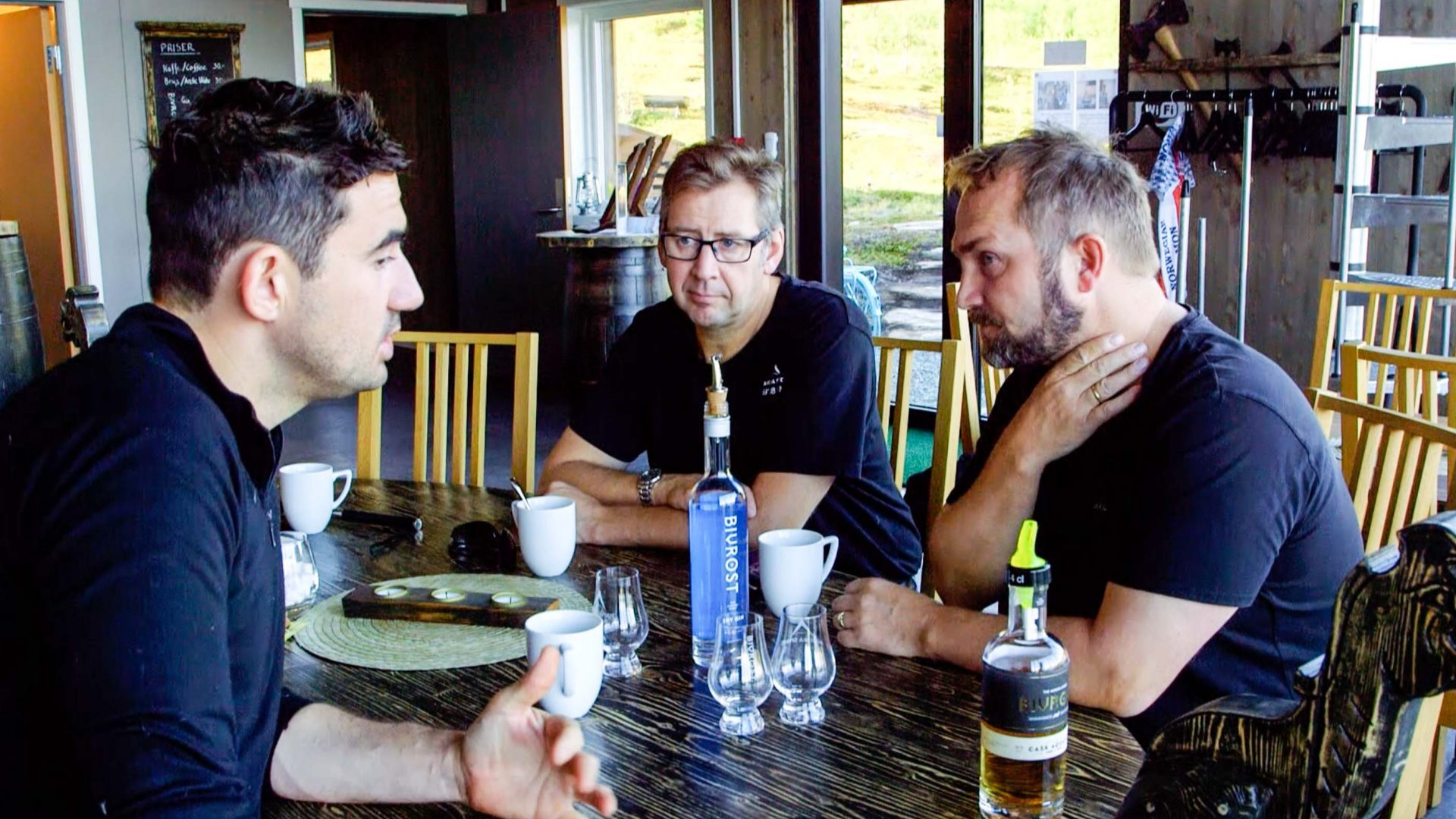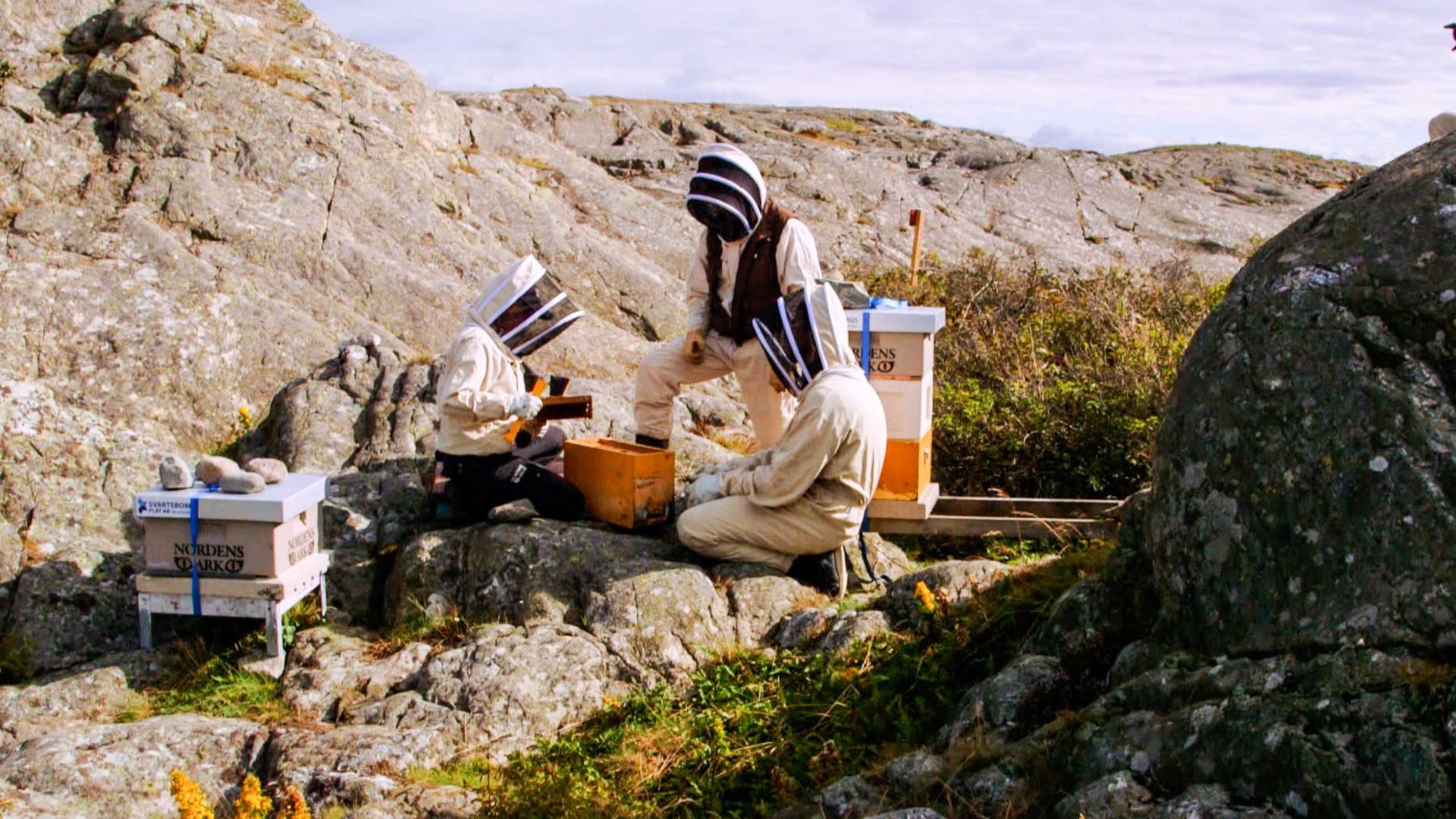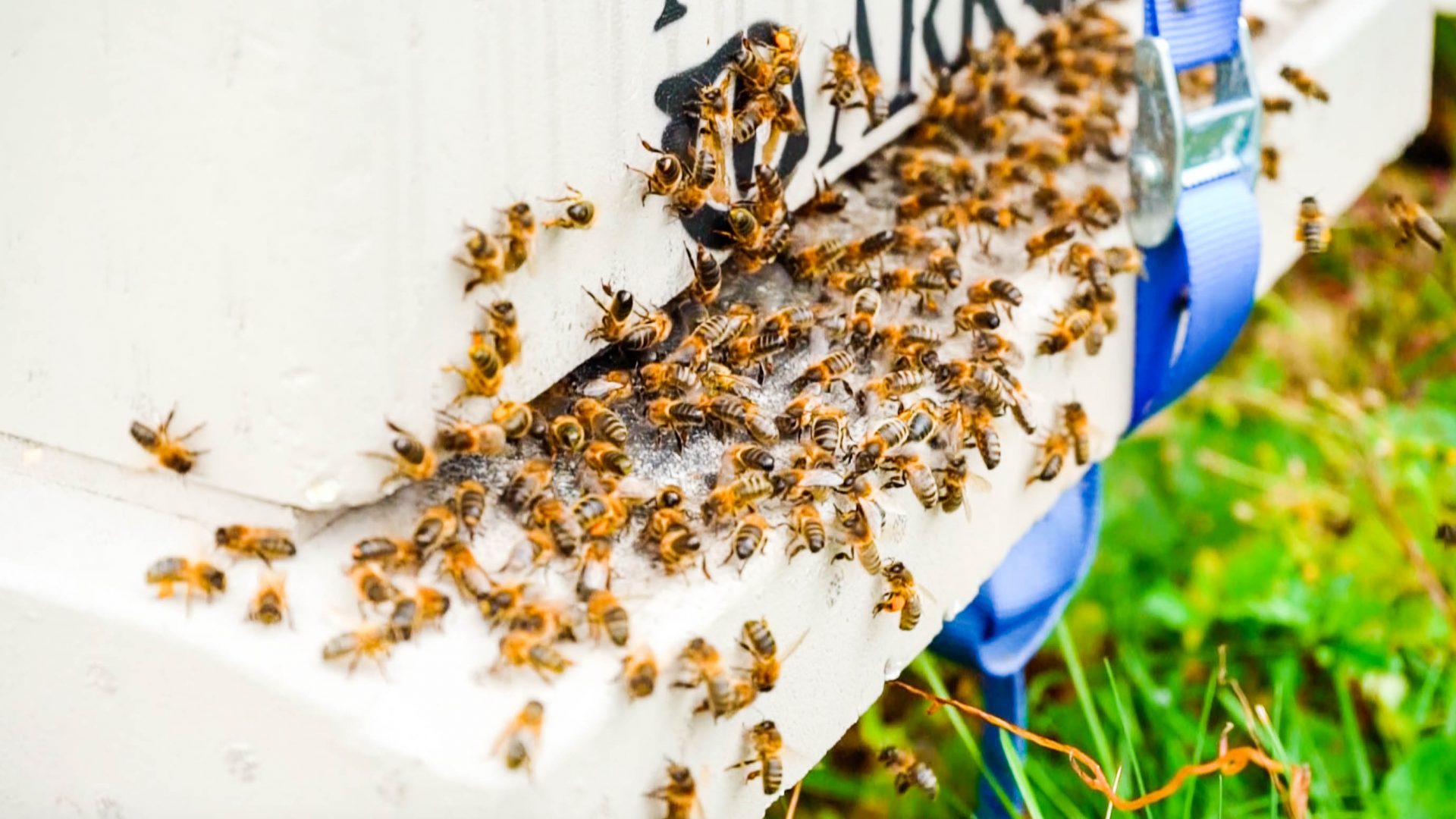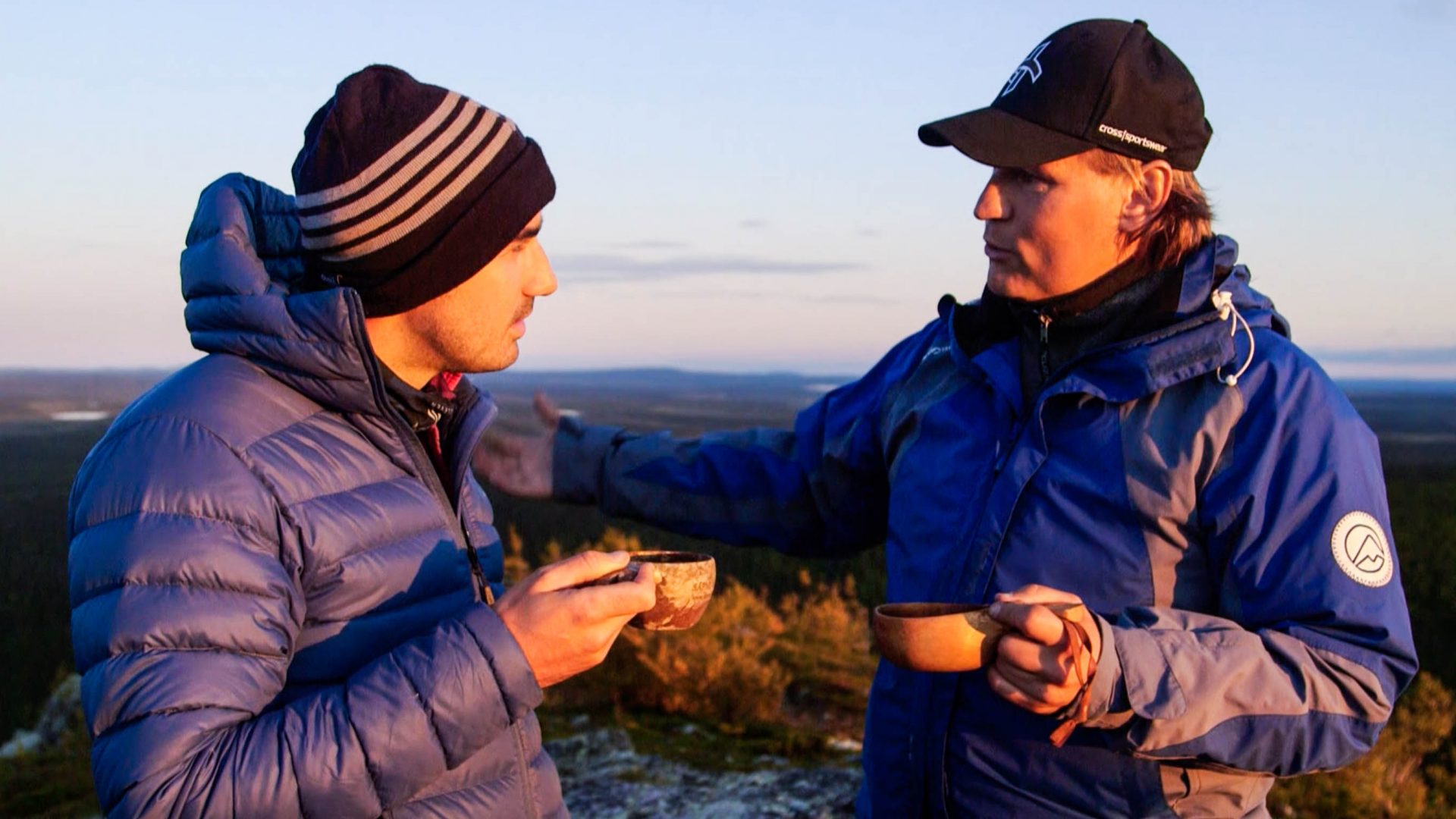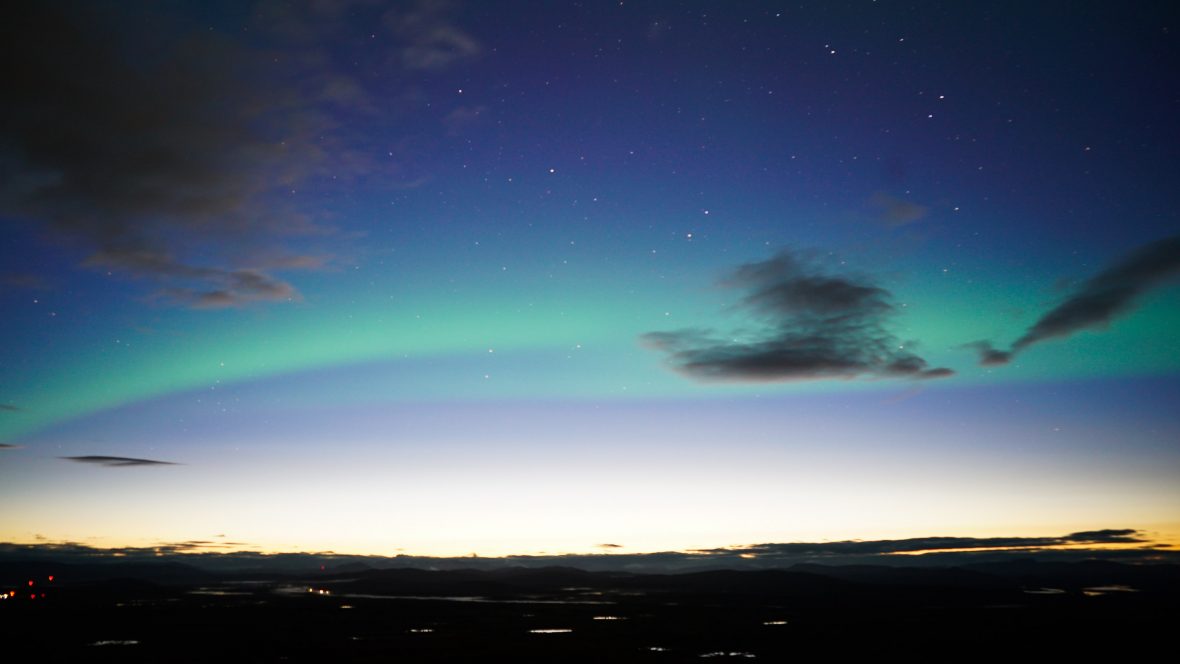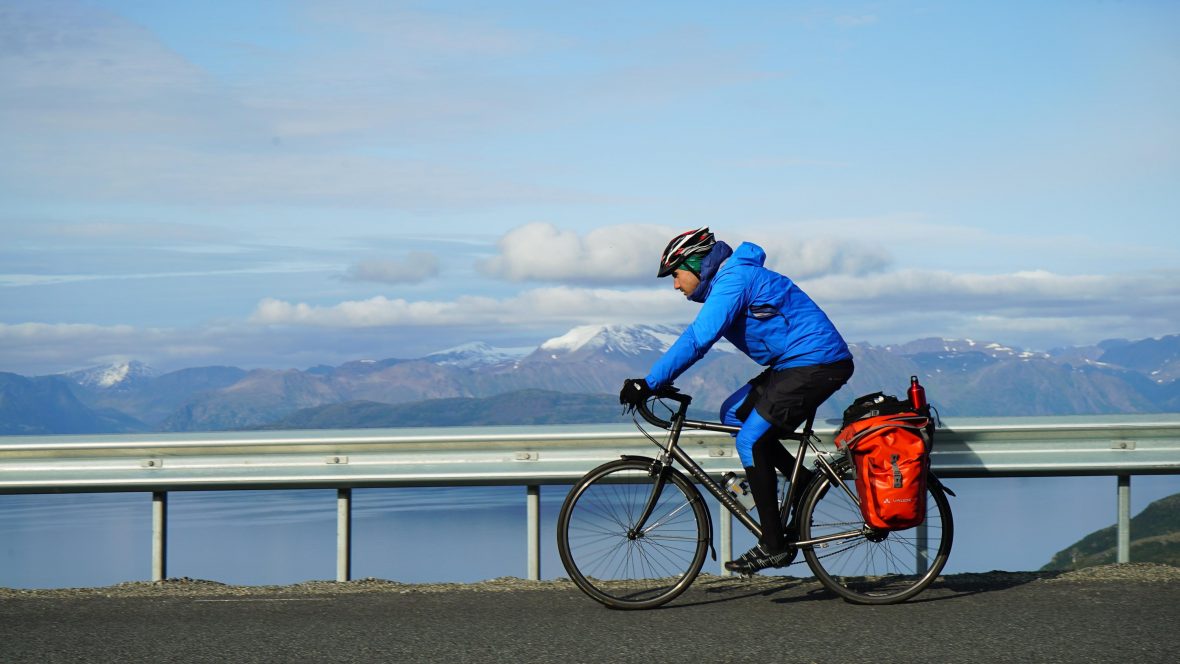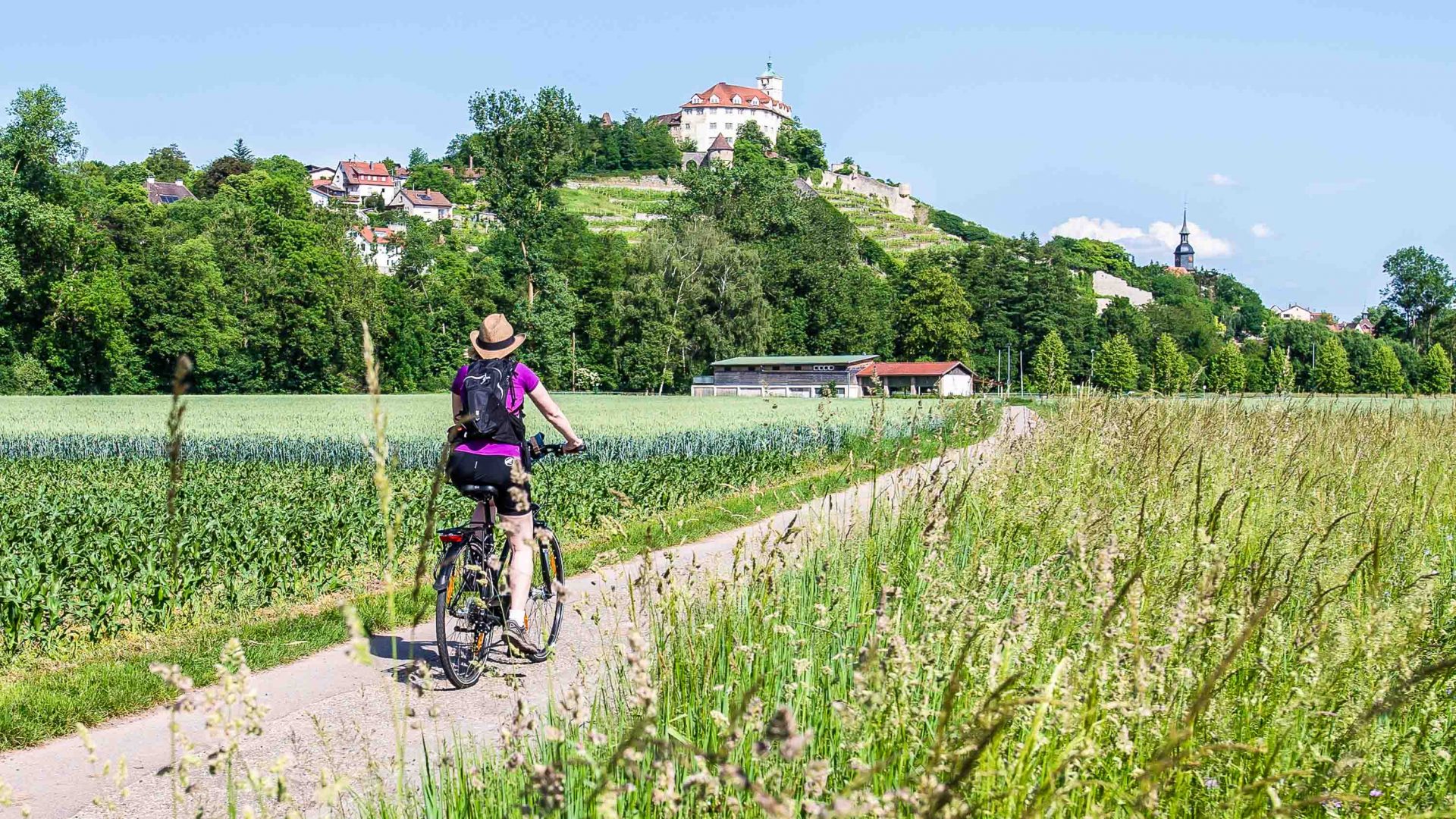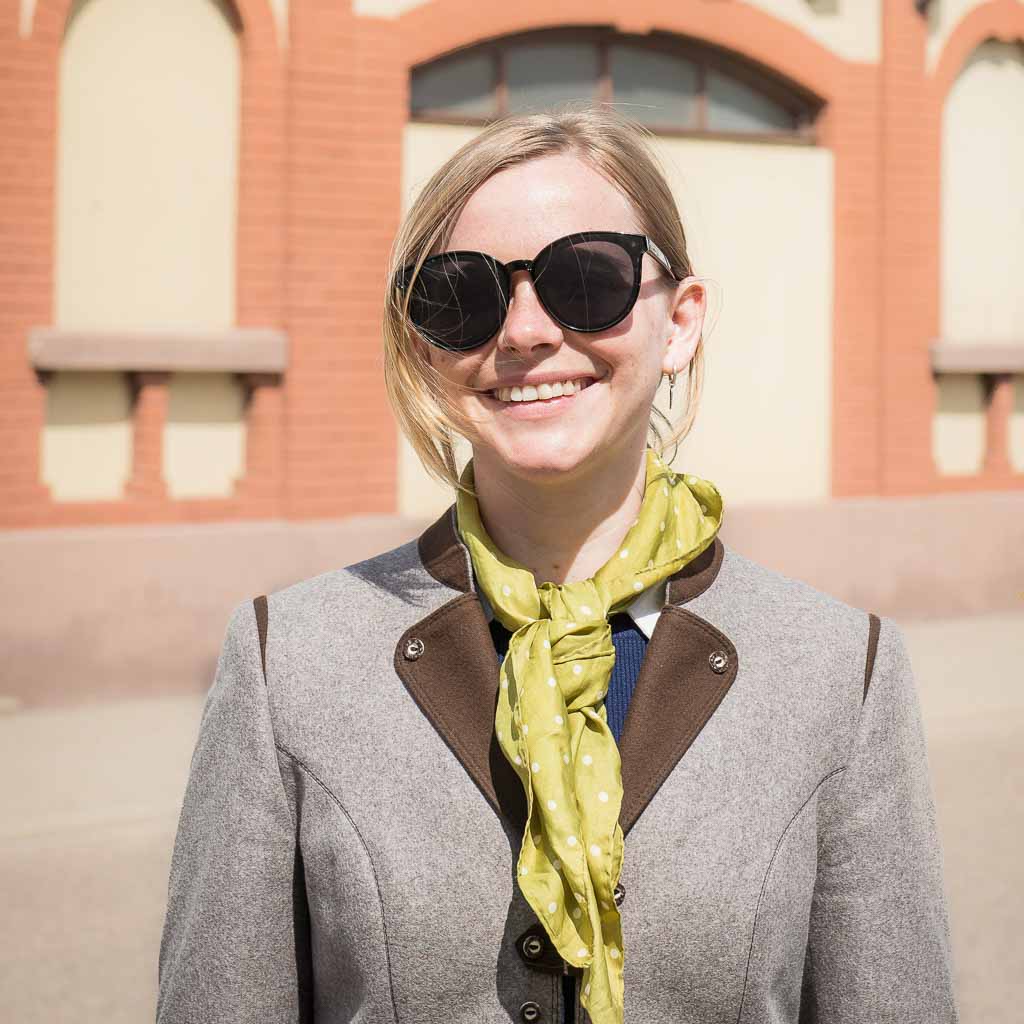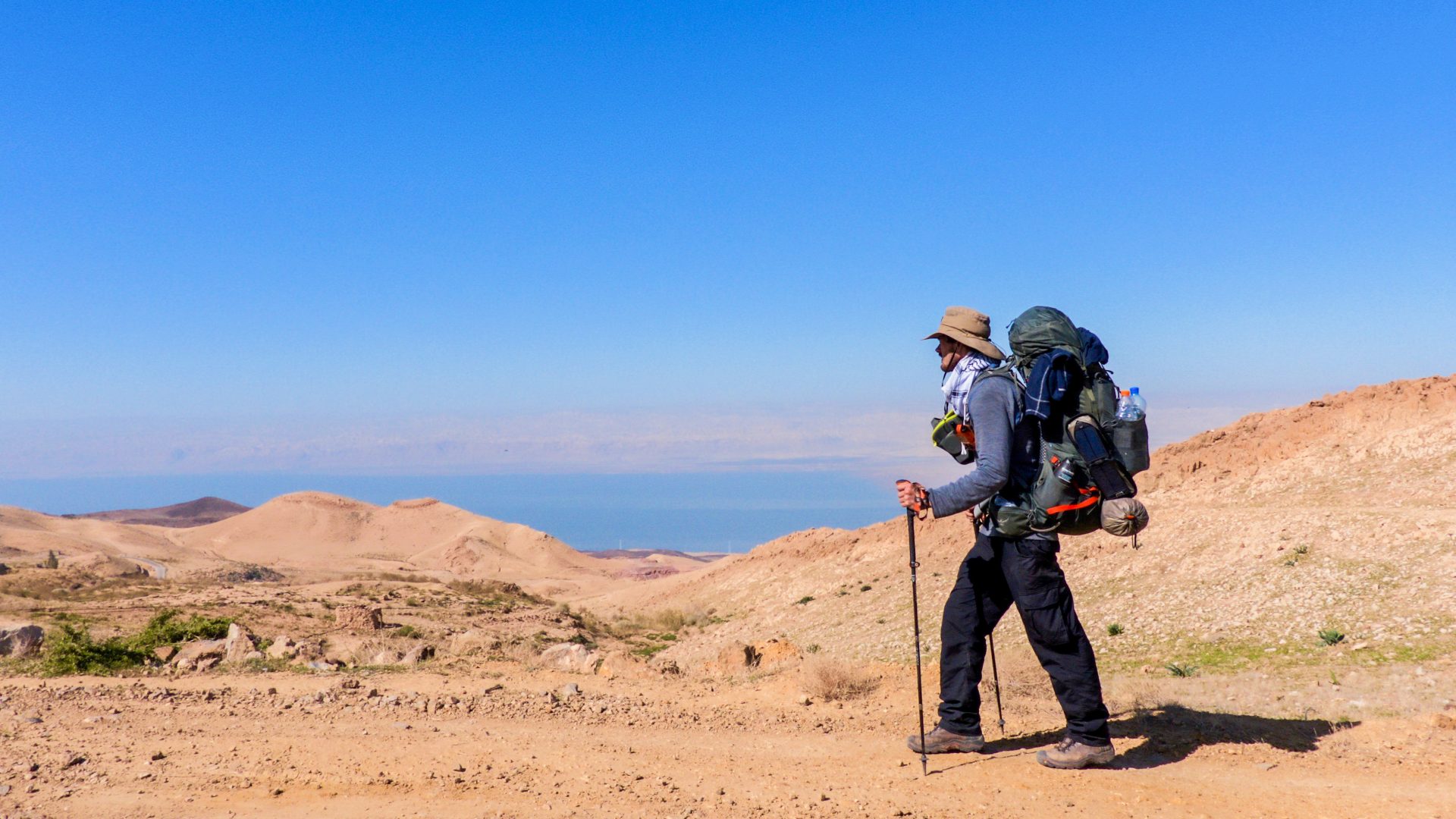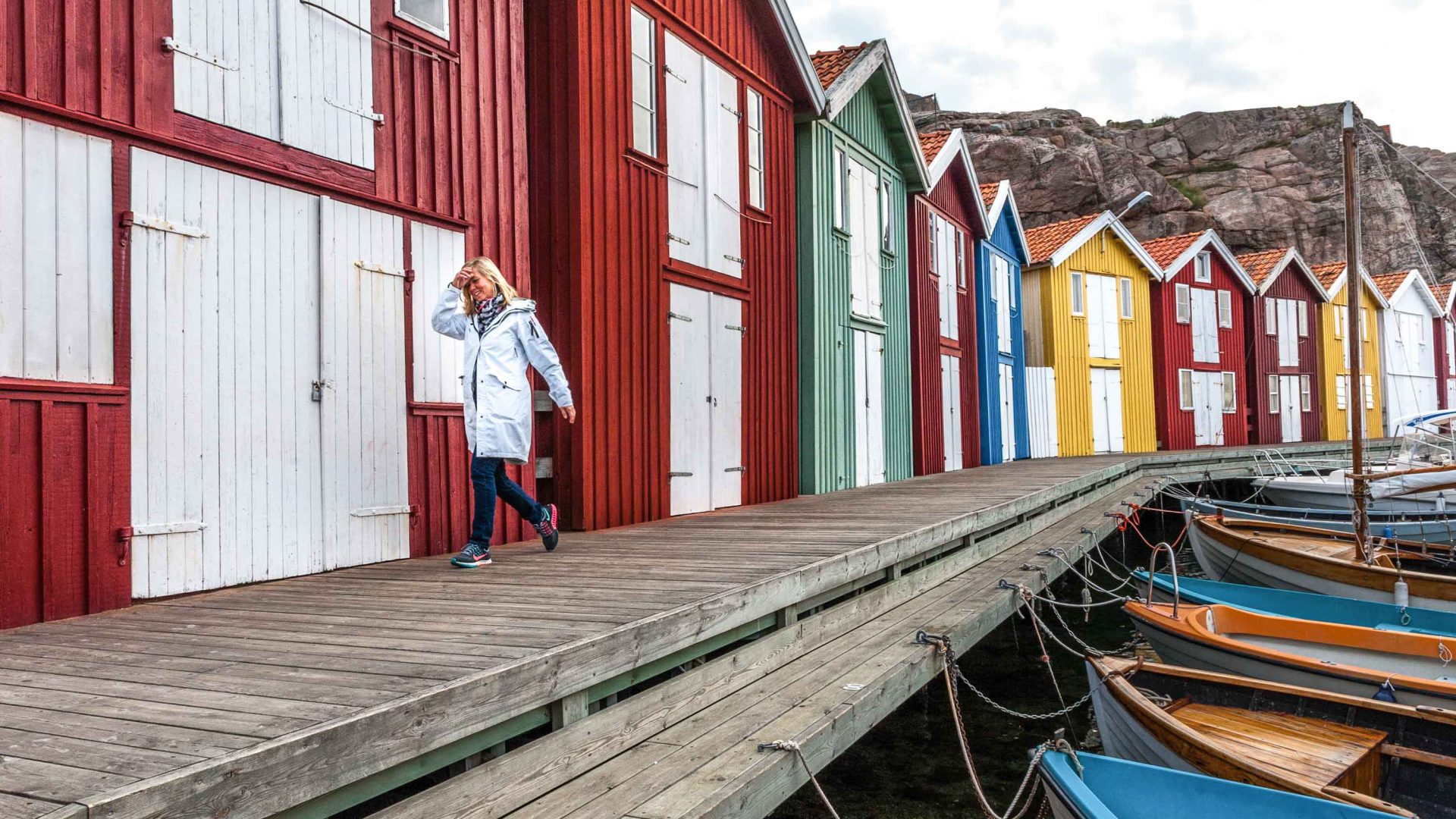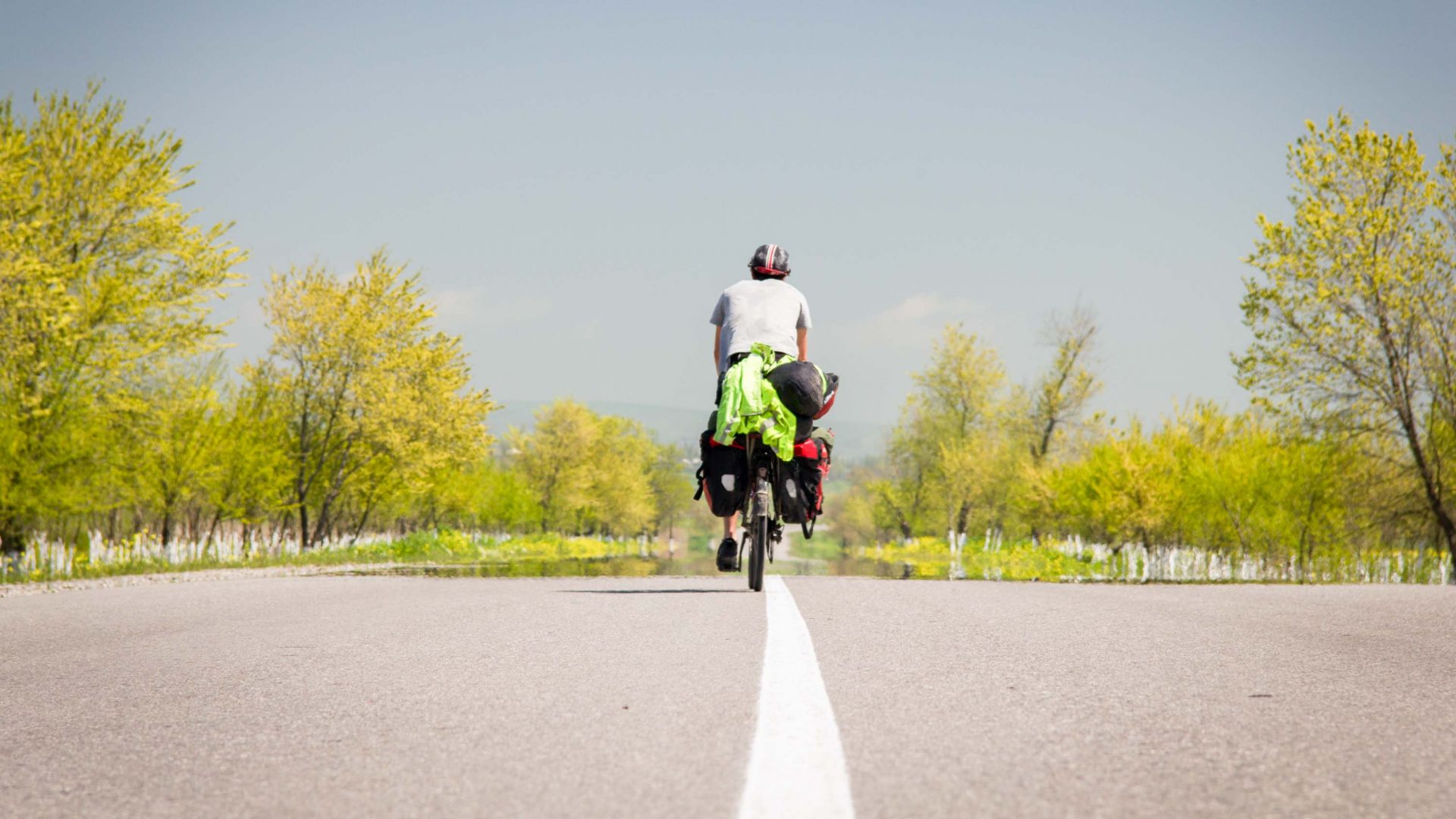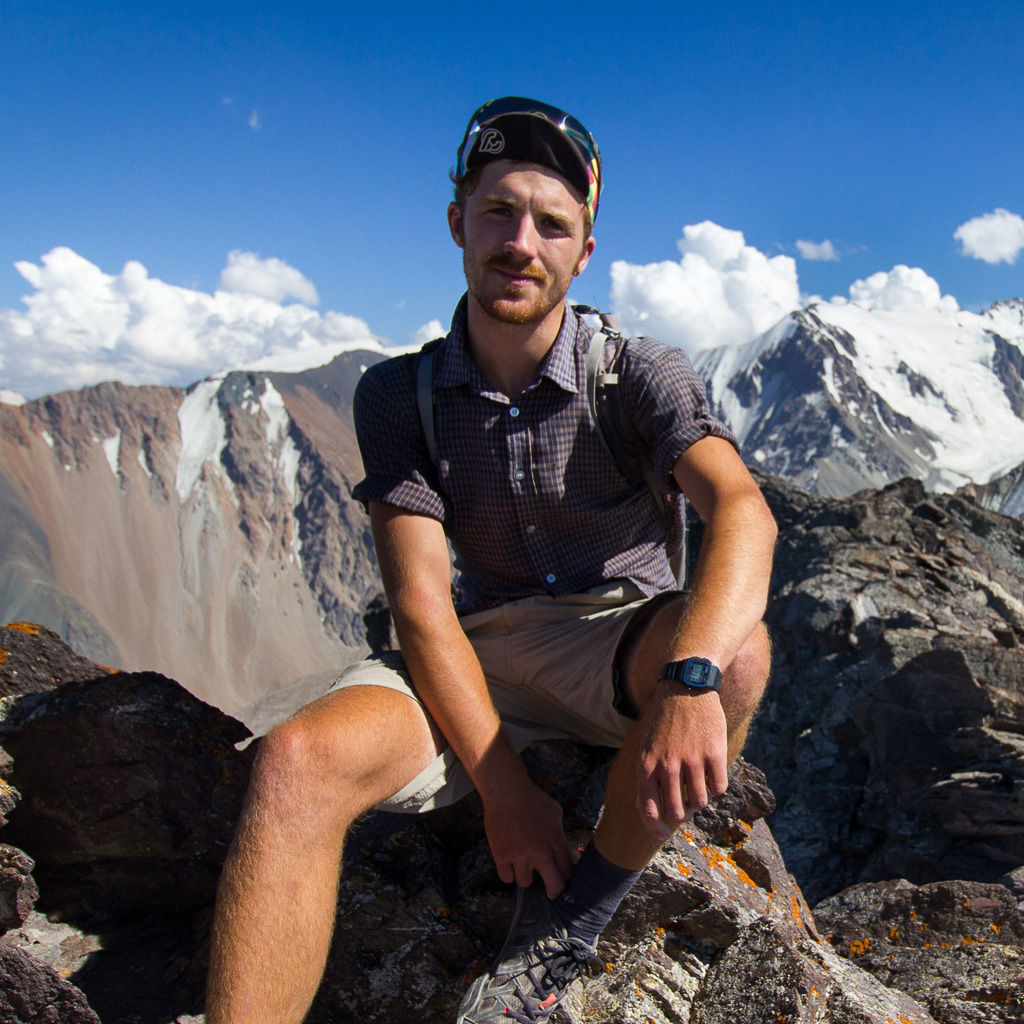Editor’s note: This article was published before the coronavirus pandemic, and may not reflect the current situation on the ground.
Cycling 3,200 kilometers of the Scandinavian Peninsula as part of a new TV series, now on Amazon Prime, was the ultimate slow travel adventure for travel writer Simon Parker. He shares why he loves to explore the world at a more relaxed pace.
Invasive crabs in the Arctic Ocean, beer made from algae, endangered Nordic brown bees … These were just a few of the encounters that filmmaker and travel writer Simon Parker had on his six-week, slow bike ride through Scandinavia, from the Arctic to the bottom of Sweden, where he camped in the wild, met local people, witnessed animal migrations, tracked moose and beavers, and fuelled up on seasonal food.
This epic trip was filmed for the first series of a new TV show called Earth Cycle. “The premise is to promote ‘green’ principles and slow journalism,” says Parker, “while championing the joys of long-distance cycling adventures through the wilderness.”
In a world powered by 24-hour news, and ‘doing it for the ‘gram’, it feels like it’s never been more important to just slow down.
The idea for Earth Cycle came about in 2016 after Parker sailed and cycled 24,000 kilometers in 133 days from China to London for the BBC and Telegraph. “Anyone who’s undertaken grand overland journeys will know that moving that far, that slowly, allows you to appreciate the planet at a refreshingly relaxed pace,” he says. “It’s so different to buzzing around the world in a plane or car.”
RELATED: A very memorable day on a very unremarkable hike
However, the eureka moment came while cycling across the USA. “I happened to be in Ohio exactly when a species of cicada emerged after 17 years dormant in the ground. That experience became a dispatch for BBC’s From Our Own Correspondent.”
It was from this slow travel experience that the premise for Earth Cycle was born. “I could appreciate our planet from the perspective of a bicycle saddle,” says Parker, “and document the seasonal cycles of the natural world around me. It’s amazing what you see when you’re moving at 10mph!”
Taking in his surroundings, rather than simply passing through, is what generated many of the stories Parker encountered, many of which highlight some of our environmental realities.
“The idea for Earth Cycle is to share my passion for massive overland cycling expeditions, but also shine a light on important, interesting and surprising environmental issues,” says Parker.
Throughout the series, he meets people living life differently, such as artists in Tromsø making beer from algae, the Stockholm sales manager who left city life to live more sustainably, and people living off seasonal mushrooms and invasive king crabs. “These stories matter because in a tiny way, these people are trying to think outside the box,” he says.
It’s the people that always make a story however. One memorable encounter is when Parker witnesses the northern lights with a Sámi local. The indigenous Sámi people have lived on these lands (known as Lapland but more precisely, Sápmiland) for centuries.
“Lennart, the local Sámi man, came dressed in exactly what he normally wears, standard hiking gear—not touristy traditional dress to amuse us,” says Parker. “It was important we capture this how he’d experience it with his guests, friends and family.”
RELATED: In photos: Life lessons from Sweden’s reindeer herders
Lennart explains how this this wild place is his home, but the reality of modernity means he—as many indigenous communities around the world now do—also shares it with people who want to experience it. And he can make a living from such encounters. More importantly, as Parker says, these genuine experiences crush the clichés; showing it’s possible to feel connected with a culture dating back millennia and wear modern clothing and use smartphones.
“It was an unforgettable experience—and the best northern lights I’ve ever seen,” says Parker. “It was also interesting to understand how the passing of summer into autumn figures as an important time in the life cycle of Lapland’s plants and animals. We drank coffee with chunks of cheese in it on a hillside until the early hours. It was one of those tech-less nights where you breathe in the surroundings and feel lucky to be there, and nowhere else.”
Another aim of the Earth Cycle series is to buck the trend of immediacy in travel; in their words, “to be the antithesis of 24-hour rolling news and social media feeds while also documenting really important environmental issues.”
Given Parker was once a newsroom journalist, what has this altogether different experience taught him? “I’ve been lucky to have spent the last five years traveling the world as a journalist, but yes, I cut my teeth in London’s newsrooms,” he says. “I’ve realized the world outside our media industry isn’t as fast-paced as our news channels, social media feeds and daily newspapers portray—it’s our collective feeling of FOMO that makes us feel we need to know everything at all times.”
Another message Parker wanted to convey via Earth Cycle is that it’s therapeutic to take a step back from that. “Sitting on a bike, watching the seasonal colors slowly change, eating food that’s only available for a few weeks at a time … it can bring us back to a gentler pace where we stay focused on the here and now.”
Or, as Parker says, think of it as mindfulness on two wheels.
—-
